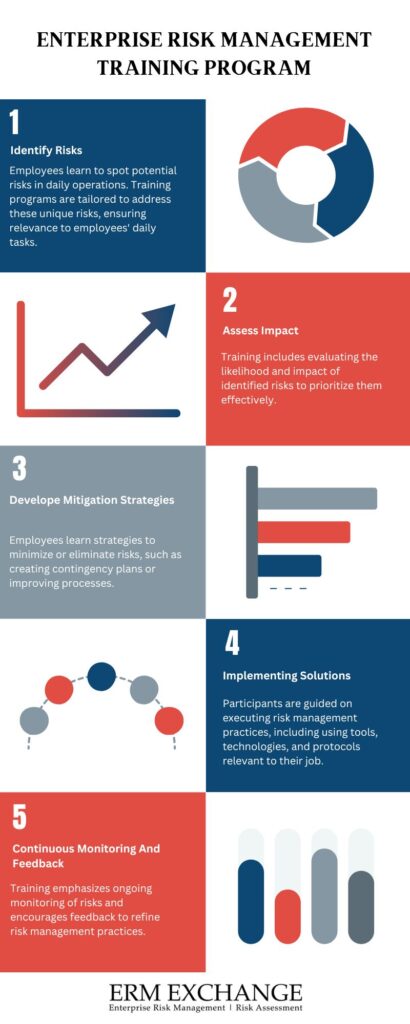Enterprise Risk Management Training Program educates the workforce with a universal, base-level understanding of ERM concepts and risk management strategies. This includes:
- The language of ERM (e.g., ‘what’s the difference between risk appetite and risk tolerance?’),
- Establishing common enterprise “risk factors” into the culture and thinking of the entire organization,
- Applying the theory of “risk factors” to real-life examples that appear in current day headlines from the Penn State Scandal, the Paradise Camp Fire, the Chevy Cobalt Ignition Switch, the Norfolk Southern train derailment, and Silicon Valley Bank collapse to the Temple University US News & World Report ranking scandal, and to a drowning at a local swim club.
Ultimately, the small investment in training management and staff regarding ERM will establish the foundation of risk management frameworks to properly launch a successful ERM training program. This intentional measure guarantees that the risk management training program not only imparts knowledge but also fosters a culture of proactive risk assessment and mitigation.

